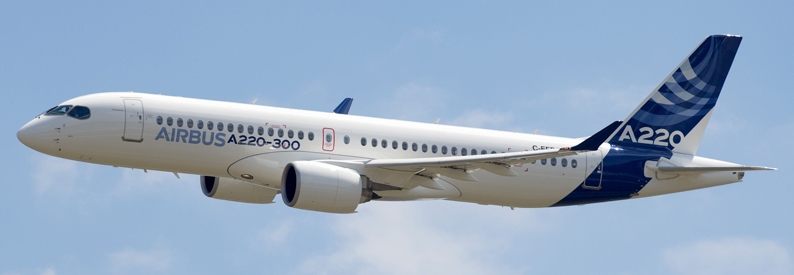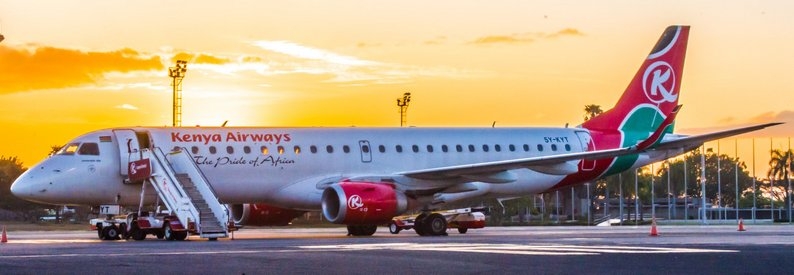More than 65% of the TZS36.18 billion shilling (USD15.5 million) losses sustained by Air Tanzania (TC, Dar es Salaam) in the 2020/21 financial year were due to the pandemic-linked inactivity of its two B787-8s, according to the country’s Controller and Auditor General (CAG).
In his report for the financial year 2020/21, CAG Charles Kichere ascribes the airlines’ losses to most of Air Tanzania's fleet of nine in-house aircraft having cost more to operate than the revenue they generated.
Its long-haul fleet of two B787-8 widebodies operated at a loss of TZS23.61 billion (USD10.1 million), he said, mainly due to few passenger and cargo flights conducted during 2020/21 because of the pandemic and a delay in the resumption of international flights.
Only one of its two active A220-300s generated profits of TZS12.09 billion (USD5.2 million). Kichere did not disclose the specific aircraft, nor the routes involved.
Similarly, only one of its turboprop fleet of four DHC-8-Q400s operated profitably at TZS12.26 billion (USD5.2 million).
Its DHC-8-Q300 has been grounded for more than three years as it is in maintenance.
Despite incurring losses since the government decided to reform it in 2016/17, Air Tanzania was managing to improve its operations annually, Kichere said.
Revenue grew by TZS16.99 billion (USD7.3 million) or 11% from TZS157.60 billion (USD67.8 million) in 2019/20 to TZS174.59 billion (USD75.2 million) in 2020/21.
Costs were reduced by 3% resulting in reduced losses of TZS36.18 billion (USD15.5 million) in 2020/21 compared to TZS60.25 billion (USD25.9 million) in 2019/20.
The long-term debt of the airline decreased from TZS391 billion (USD137.4 million) in 2019/20 to TZS306.73 billion (USD132.1 million) in 2020/21.






